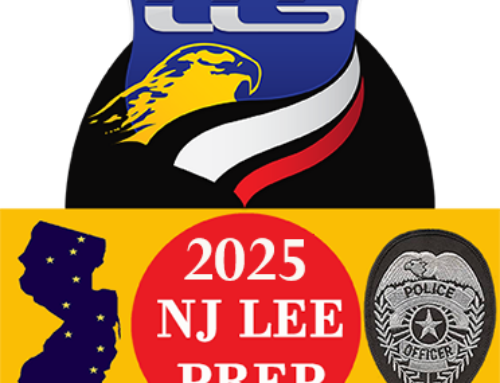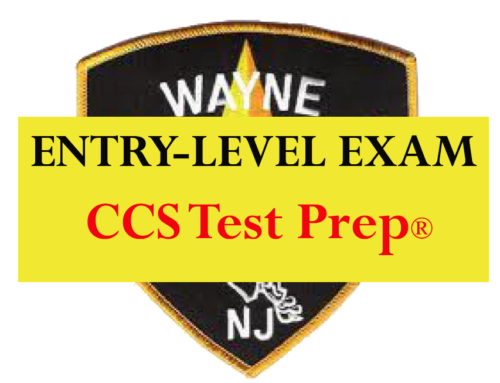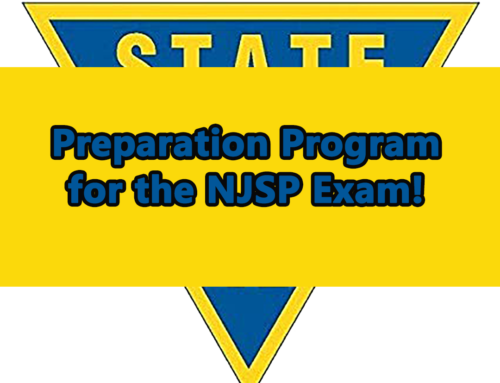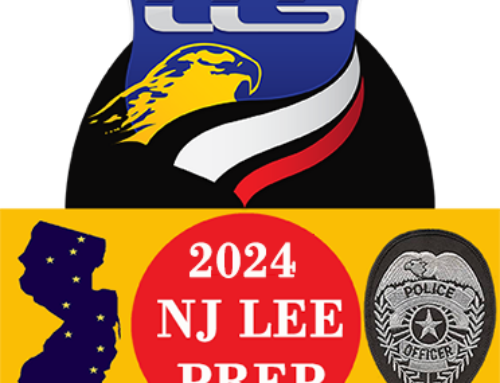 Understanding the 2013 Law Enforcement (LEE)
Understanding the 2013 Law Enforcement (LEE)
In November, the New Jersey Civil Service Commission (NJCSC) will begin administering the Law Enforcement Examination (LEE) to prospective candidates vying for civil service public safety positions throughout New Jersey. While the NJCSC refers to the examination as the LEE, the actual examination being administered is a multi-factor, psychometric examination officially known as the Law Enforcement Aptitude Battery (LEAB). The examination is authored by a Pennsylvania-based company known as EB Jacobs. The company establishes a 3 hour and 20 minute time limit to complete the 246 items on the current LEAB.
The LEAB is referred to as a multi-factor psychometric examination, since it consists of three distinct parts which are scored separately with multiple scoring scales within each part. The 3 parts are then combined as weighted means to produce a final composite average. A candidate who fails to meet the minimum threshold for any one of the three sections fails the overall exam regardless of how he or she performs on the other two sections. Generally, based on the standardized scoring metrics used by EB Jacobs, as many as 17% of the candidates who sit for the examination will fail to be placed in the eligibles’ pool.
While candidates all strive to achieve the highest score possible (99.999), the fact is that the examination is scaled to provide a near equal distribution of scores throughout the pool of eligibles who meet at least the minimum standards and pass the LEAB. When the final pool of eligibles is produced by EB Jacobs for the NJCSC, there will be nearly as many candidates who score in the 70.000 to 70.999 range as those who score in the 99.000 to 99.999 range. This is what is referred to as standardizing the results in a uniform distribution.
Part 1 – Written Abilities – Cognitive Section
The first part of the examination involves 48 multiple-choice questions (A thru D responses) specifically designed to test the following 6 cognitive dimensions: reading comprehension; written & oral expression; inductive reasoning; deductive reasoning; information ordering; and problem sensitivity. There are 8 questions for each of the 6 cognitive dimensions spread randomly throughout the first part of the LEAB. Section 1 contains the type of questions candidates expect to see when sitting for a competitive law enforcement examination. Each question has only one correct answer. EB Jacobs recommends that 2 hours of the 3 hours and 20 minutes allotted be dedicated to this section.
Part 2 – Work Styles Questionnaire – Personality Assessment
This section of the exam is often referred to as the most difficult. It is not a diagnostic, psycho-pathological examination to determine if a candidate is suffering from a mental illness; that would be illegal under the Americans with Disabilities Act (ADA). In fact, this section is more akin to educationally based testing to determine if an individual possesses certain attitudes, traits and characteristics found to be suitable for a public safety officer. Colleges use similar testing to assist their students with determining what career field they are most suited. This type of psychometric testing was the focus of my doctoral studies.
The Work Styles Questionnaire on the LEAB consists of 102 statements which candidates are directed to read and quickly determine how they “feel” the statement describes them. The answers are provided on a 1 thru 5 scale as: (1) Strongly Disagree, (2) Disagree, (3) Unsure, (4) Agree, and (5) Strongly Agree. This section differs significantly from Part 1 as there is no one specific answer that is either right or wrong. The responses are scored in combination to establish a score based on the EB Jacobs scoring scales and predetermined algorithms established for the personality factors being assessed. Yes, candidates are scored based on how they indicate they feel the statements describe them. The type of statement a candidate may see on a competitive, law enforcement personality assessment includes: “I’m known to change gears quickly.”
Part 3 – Life Experience Survey – Bio-data Analysis
This section of the LEAB consists of 96 questions (A thru E options) which the candidates are directed to select the answer choice that most accurately reports on the candidates’ life experiences. This section follows the concept that a person’s past history is the best indicator of what he or she will likely do in the future. As with the Work Styles Questionnaire, there is no single right answer. EB Jacobs has developed and validated sophisticated algorithms to score this section. It is very important to note that EB Jacobs has built a deception scale into the LEAB to detect deception and penalize a candidate who dishonestly tries to pick the “best” response.
Conclusion
The LEAB is not considered difficult to pass, as at least 83% of the candidates sitting for the examination will receive a passing score. That is not good enough. On a competitive examination in the State of New Jersey, candidates generally need to score in the top percentages to have a good chance at being considered for their desired job. Those who take the process seriously, prepare themselves for the examination. It is irresponsible to sit for such an important examination without giving yourself the best chance to achieve the highest score possible. I strongly recommend that candidates who are serious about their future in law enforcement register for one of my seminars and prepare for the upcoming exam. Choose a convenient course location and register today at www.ccstest.com/nj-entry-level-lee/ – Dr. David A. Paprota







